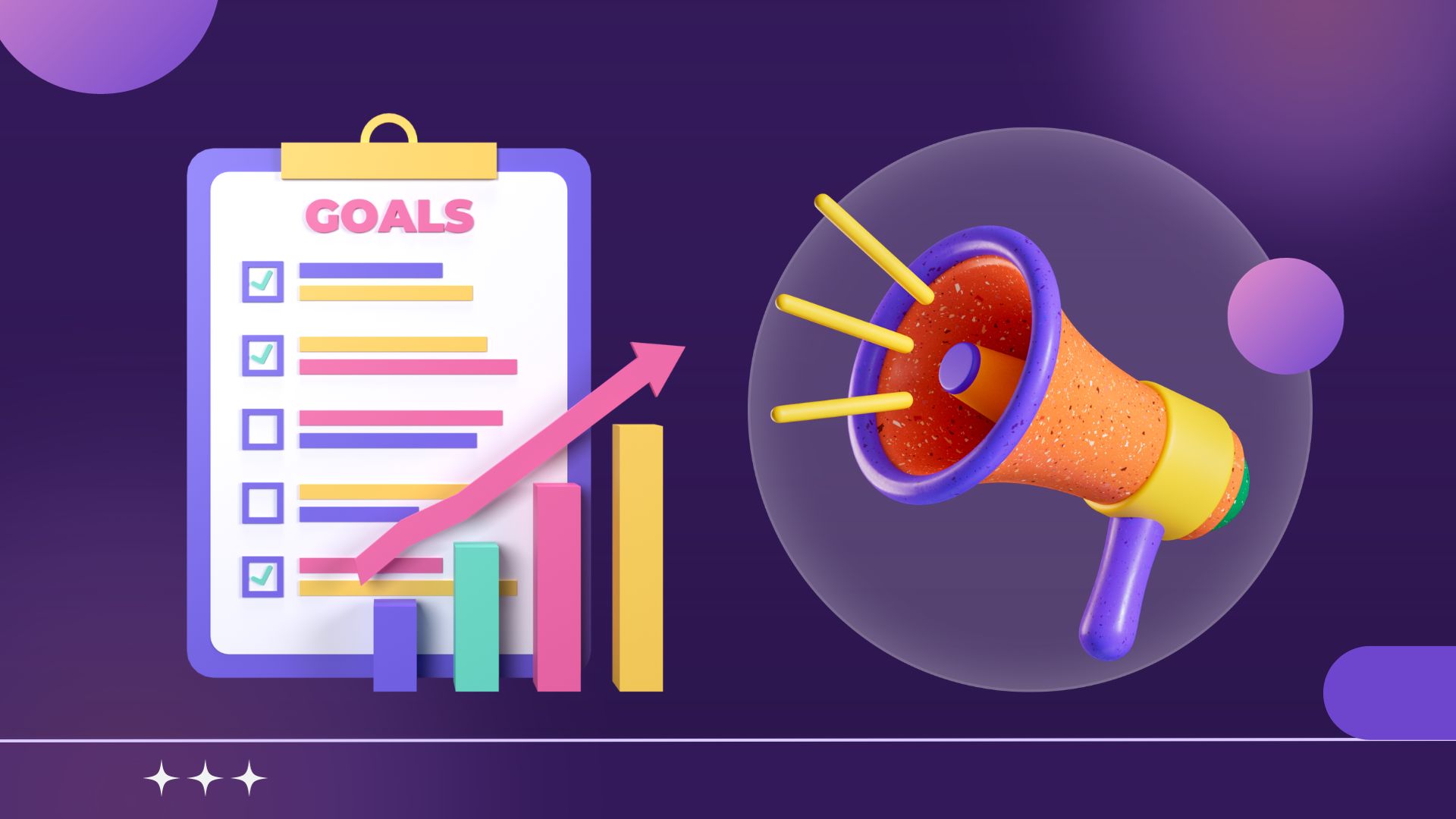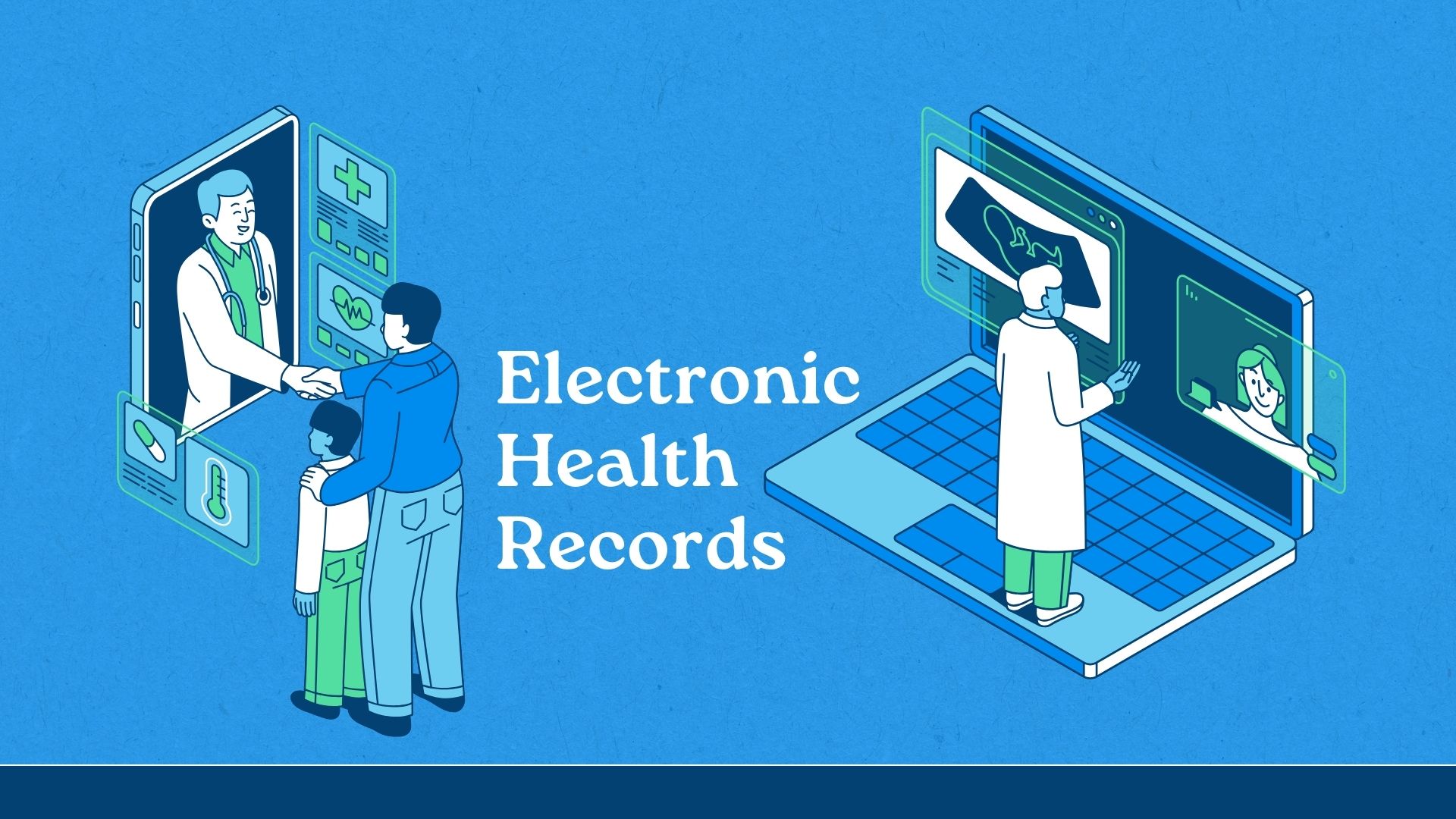Trading Places, Part 1
 Your reactions to my recent trilogy about the death of the CRM software fad were voluminous. The recurring question was this: “If the CRM-as-software fad is dead, what's next?”
Your reactions to my recent trilogy about the death of the CRM software fad were voluminous. The recurring question was this: “If the CRM-as-software fad is dead, what's next?”
In review of the current customer landscape, I'd say CRM is quickly trading places with two other relatively new three-letter abbreviation/buzzwords. No, I don't mean partner (PRM), employee (ERM), enterprise (the other ERM), business (BRM), or X (as in anything you can think of) relationship management.
The new buzzwords are enterprise application integration (EAI) and business process management (BPM). Part one of this new three-part series will examine some of the trends driving this change. In part two, we'll look at EAI. In the third and final installment, we'll look at BPM.
The Need for Integration
One of the biggest lessons learned from companies that have implemented CRM is that merely aggregating or integrating client data has little benefit. The payoff is in generating actionable information. It's not the data that counts. It's what you do with it.
To get actionable information, you need to know a lot more about a client than what's found in a typical CRM system: contact information, purchase or transaction history, and service history (although for many organizations, that capability alone would represent a major improvement over what they now have in their front offices).
For example:
- To measure the profitability of a given client or customer segment, businesses must integrate customer information with transactional data regarding associated revenues as well as attributable costs — both customer acquisition (sales and marketing) and retention (servicing).
- To analyze customer preferences and propensities and/or predict purchase behaviors, organizations need their customer data stores to interact with information from analytic applications, specialized data models, and data warehouses.
- To run a loyalty program, they need to be able to pull up purchase history and transactional information at the point of sale or at customer touch points in real time (try that at most companies!). In addition, they must have predetermined business rules to provide disparate levels of products and/or services to different types of customers.
All the information required for these functions isn't found in any single CRM, ERP, or legacy system. The data required to build stronger relationships with customers, as well as to better identify and predict market demand, resides in many different sources. To achieve these things, different applications and data sources must exchange information within some type of standardized logic or rules.
Smart companies are turning to a range of solutions, including commercial middleware (i.e., EAI suites) and “full stack” application servers, to form a common bus or integration framework. This enables the exchange between disparate applications and data stores.
In part two, we'll take a closer look at EAI.
Do you agree? Don't agree? Got an interesting insight, opinion, or real-world example to share? What are your thoughts? Please write me.
Arthur O'Connor is a director and head of the CRM Integration Practice at Reuters Consulting, a unit of Reuters, PLC. As one of the nation's leading experts on CRM and business intelligence solutions, he frequently writes on business and technology trends. He's a frequent speaker at industry conferences. Last year, he served as chairperson of the Institute for International Research's CRM Project Management Conference.




